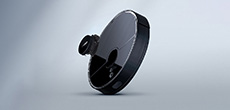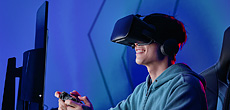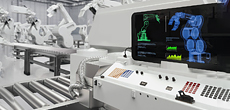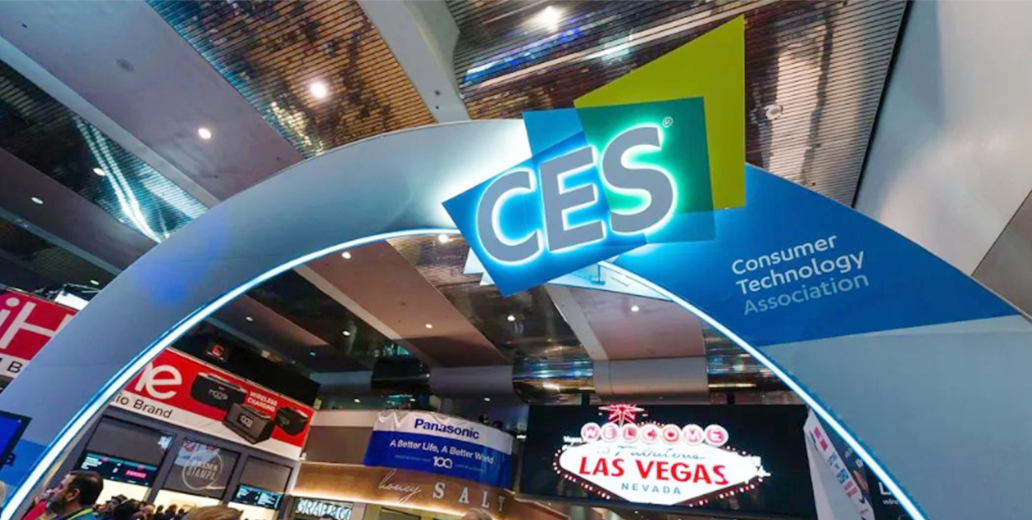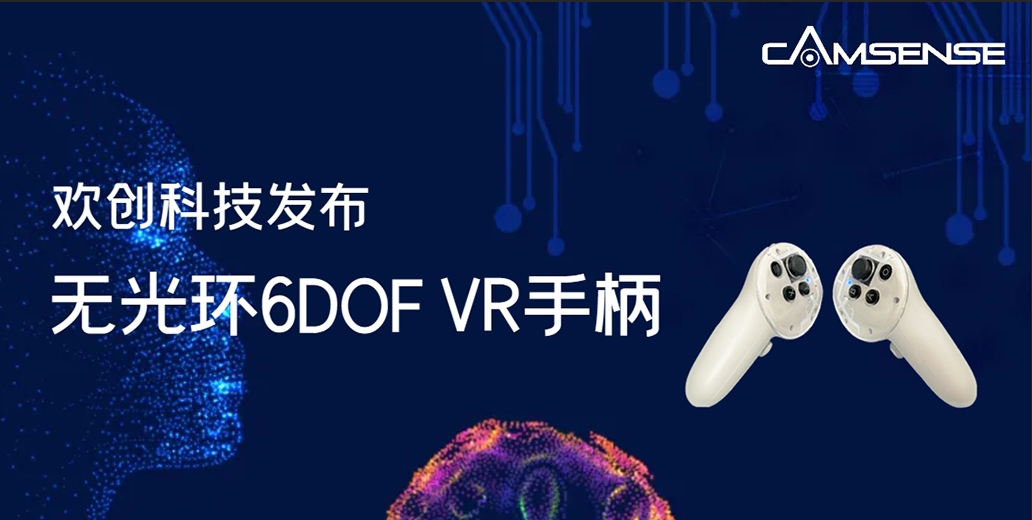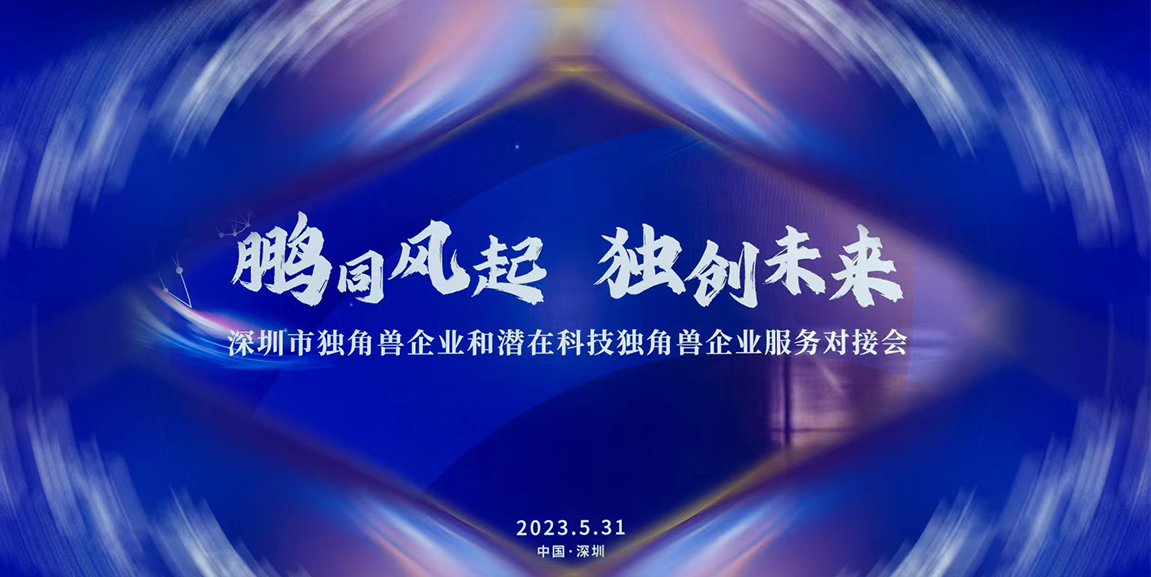
Camsense's CEO Christopher
On October 18th, the "2019 Greater Bay Area Science and Technology Summit - Wisdom Robotics Business Application Forum" co-hosted by Yiou Company and EqualOcean, and co-hosted by Guangdong-Hong Kong-Macao Greater Bay Area Research Institute (Guangwai) and Sifang Wangying was successfully held. This forum focuses on the commercial application of robots under the background of new technologies, and takes core technologies as the starting point to explore new opportunities for the development of the robot industry driven by future scenarios.
On the day of the forum, Christopher, founder and CEO of Camsense, gave a keynote speech on "Core Components, the Wings of Robots", and shared Camsense's experience in the development of core components to the audience. Christopher said that robot parts are not like producing light bulbs or screws. In this emerging industry without standards, everyone is crossing the river by feeling the stones.
The following is the full text of Christopher's speech organized by Yiou:
Today I will share with you Camsense's experience on the road of core components.
First of all, let me briefly introduce our company. Camsense is a company dedicated to making visual sensors. Its products are mainly concentrated in the fields of robotics, industrial inspection and surgical navigation. We are currently the mainstream supplier of LiDAR in the domestic service robot field. Our customers include the largest domestic robot solution provider and two well-known domestic ODM manufacturers, as well as 360, Feike, Lenovo and other brand customers.
In the past two or three years, service robots, especially sweeping robots, have developed very fast. Technological innovations and revolutions have brought user experience up and costs down. Therefore, we can see that both listed companies in the United States and China have issued very good "performance sheets".
Autonomous Navigation Technology—The Key to Robot Perception
The three core technologies in the development of the robot industry include: nervous system, perceptual network, and motion system, which test the different abilities of robots. The nervous system mainly judges whether the robot thinks and makes decisions like the human brain, which involves big data technology related to artificial intelligence; the perception system needs various sensors, such as vision sensors, cameras, lidar, millimeter-wave radar, etc. ; And the motion system needs to rely on technologies such as radar.

All three are critical, but perception networks have long been overlooked and underestimated, and only in recent years have things changed: the boom in autonomous driving has led to a boom in sensors. Sensors can play a role and advantage, and our products are also mainly concentrated in this area. From the perspective of perception, the source of human beings to obtain information is the eyes, and robots are no exception. Therefore, in order to see the world, robots must do two things.
First, autonomous movement, that is, autonomous navigation.
Second, learn to avoid obstacles, know what obstacles are ahead and avoid them in time.
Robots first appeared more than ten years ago, and by 2002, the development of the industry had stagnated, mainly because there was no breakthrough in practical technology to improve the user experience, resulting in a very slow development of the industry. In 2010, a U.S. company, Neato, took the lead in embedding lidars in sweeping robots, bringing the industry to an inflection point. However, since it was the first time that lidar was used in sweeping machines, the cost and price were high, so the price was very high, and the consumer group was obviously limited.
Secondly, the product quality is immature, and the sweeping robot has not achieved the expected effect. Through the financial report, we can clearly see that in 2016, Xiaomi's companies made lidar products truly popular. Since then, the development of the industry has accelerated, and the development of the entire industry has ushered in an obvious inflection point. The current lidar effect is indeed very good, and the price is relatively low, consumers can accept it.
As a key component of navigation, what is its development trend? In fact, since 2017, the industry has been fighting for two routes. One believes that machine vision is the mainstream, and the other believes that lidar is the mainstream.

Both genres have their own strengths, but over time, robot vacuums are equipped with more sensors, including lidar as standard. The efficiency of lidar positioning and navigation is very high, the user experience is very good, the ranging is very accurate, and it can work both day and night. No sensor can match it in modeling navigation, so the market share of lidar is Higher and higher. If it can be done better with vision sensors, in the next two or three years, there will be a trend of fusion of lidar and machine vision.
"Not easy" on the eve of mass production
But lidar faces two problems. The first cost is relatively high. I remember that when I entered this field a few years ago, a customer told me that lidar products accounted for more than 20% of the cost of robots, and it was the highest price among single components. If you can make high-end products, it is difficult to sink into low-end products. This is the biggest pain point in the industry.
Second, as the core components of autonomous movement, it needs to constantly move and collide in the robot scene, and the lifespan and quality are also issues of concern. How to make products cheap, low cost and quality guaranteed is a huge challenge and pain point that the industry must face. Our solution achieves advantages in both technology and innovation.
The technical solution shows, can lidar work?
In the field of radar, there are several technical ways to achieve laser ranging. The first is the visual sensor technology of geometric ranging, which mainly uses basic principles to measure distance by taking pictures of images. This technology is suitable for slow-moving robots and is suitable for short-distance ranging in indoor environments. The other is the time-of-flight lidar sensing technology, which is suitable for long-distance ranging in outdoor high-speed motion.
When we entered the industry, we saw two technology options.
First, an industrial-grade linear image sensor solution. Now the lidars used in sweeping robots on the market basically follow this route. This is done by learning from the product solution of Neato in the United States, but the brand of the sensor is different.
The cost of this sensor solution is relatively high, because the sensor is also a chip, that is, a semiconductor, and the cost depends on a factor - "quantity". If the quantity is not large, the cost will be high. The amount of industrial grade is not large, so how to reduce the cost is a big problem. Secondly, the procurement cost of linear image sensors is relatively high, and the optical adjustment is relatively difficult. Third, the market for linear image sensors is small but easily damaged, and the after-sales cost is relatively high.
Second, use the TOF scheme for short-range ranging. The effect of this technical solution is not good, and it does not achieve the effect we expect. At that time, everyone questioned: Can lidar products work? Can it be cheap and good quality?
Self-developed area sensor chip, the only intellectual property guarantee

Seeing these problems, Camsense started product development and innovation in 2017.
First of all, Camsense adopts the technical route of area array consumer-grade Sensor chip + self-developed image processing ASIC chip, which can avoid the use of expensive general-purpose FPGA chips. Through this innovation, we have established relative industry barriers, and we have become The only company on the market that mass-produces area array Sensor structured light ranging methods.
At present, many customers want to export chips overseas and require a guarantee that the product does not infringe the intellectual property rights of a third-party company. Our company is the only company in the industry that dares to guarantee customers. If a claim is caused due to patent issues, we will bear all the risks. .
It is not easy to guarantee intellectual property rights. Camsense is a company that relies on Tsinghua University. From mass-produced products to mass-shipped products, we have stepped on many pits, because there are still many difficulties to solve many problems.
First, the industry has no standards. Unlike light bulbs and screws, there is an industry standard. Lidar is a very new industry, and no one knows what standard the shipment should meet, such as how much the lidar can withstand, and what is the range of high temperature and low temperature resistance. No one knows how to set this standard. Everyone is exploring by feeling the stones across the river.
Second, high precision is required. Because we are making precision optical components, there are many precision requirements beyond our imagination, including structural stability, high temperature resistance, vibration resistance, long-term movement ability, anti-interference ability, etc.
From the research and development laboratory to the factory floor, we have done experiments on tens of thousands of lidars. These radars used for experiments will eventually be scrapped and cannot be shipped to customers. In addition, it also includes the establishment of automated production equipment. This investment is very large. Adhering to the spirit of scientific research, Camsense has also developed a high-precision positioning system, Camsense M Pro, with a positioning accuracy of 0.5mm. Due to the product's high-precision visual tracking and positioning capabilities, Camsense has become the only company in the industry that provides both lidar and high-precision visual tracking systems. Now, Haier, Midea, 360, and CTI's robot labs are all equipped with our system to provide accurate positioning data for their sweeping robot research and development.
That's it for my sharing, thank you all!
